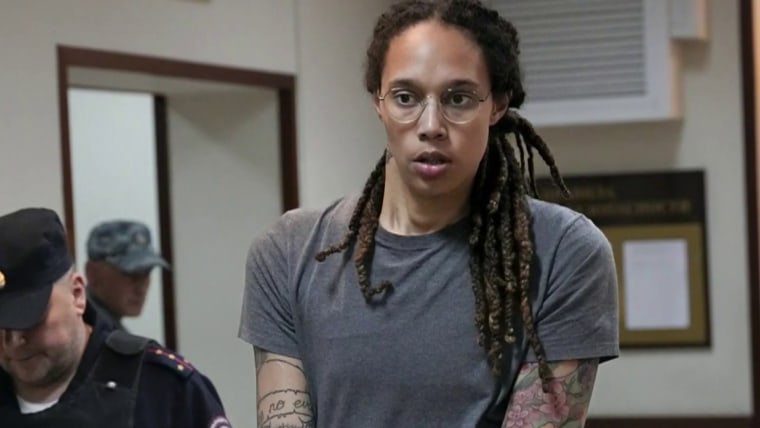Philadelphia Flyers defenseman Ivan Provorov boycotts Pride Night event
Philadelphia Flyers defenseman Ivan Provorov refused to participate in pregame warmups Tuesday, ahead of his team’s Pride Night celebration, citing religious objections.
The Flyers donned Pride-themed jerseys and used sticks wrapped in rainbow Pride tape as they warmed up for their game against the Anaheim Ducks.
Provorov said his Russian Orthodox faith precluded him from taking part in the LGBTQ event.
“I respect everybody. I respect everybody’s choices. My choice is to stay true to myself and my religion. That’s all I’m going to say,” Provorov told reporters after the game.
The NHL pro then snapped at a reporter who asked if his refusal to warm up had any impact on the game.
“Did you not hear what I just said? Can you respect that?” Provorov testily responded.
While Flyers coach John Tortorella called the hockey team’s Pride Night event “a great night,” he also defended Provorov’s refusal to participate.
Recommended

OUT POP CULTURE‘Bros,’ ‘White Lotus,’ ‘World of Warcraft’: GLAAD Media Award nominees unveiled

OUT POLITICS AND POLICYNorth Dakota weighs ban of ‘sexually explicit’ library books
“With Provy, he’s being true to himself and to his religion,” Tortorella said, using Provorov’s nickname. “This has to do with his beliefs and his religion. It’s the one thing I respect about Provy. He’s true to himself.”
There was no consideration to benching Provorov over the pregame boycott, Tortorella said. Provorov skated a team-high 22 minutes and 45 seconds in Tuesday night’s game.
“The Philadelphia Flyers organization is committed to inclusivity and is proud to support the LGBTQ+ community,” the team said in a statement after the game. “Many of our players are active in their support of local LGBTQ+ organizations, and we were proud to host our annual Pride Night again this year. The Flyers will continue to be strong advocates for inclusivity and the LGBTQ+ community.”
Russian Orthodox Patriarch Kirill of Moscow, a longtime ally of of Russian President Vladimir Putin who backs the Kremlin’s invasion of Ukraine, said last year that Russia must resist liberal foreignerswho support “gay parades.”

